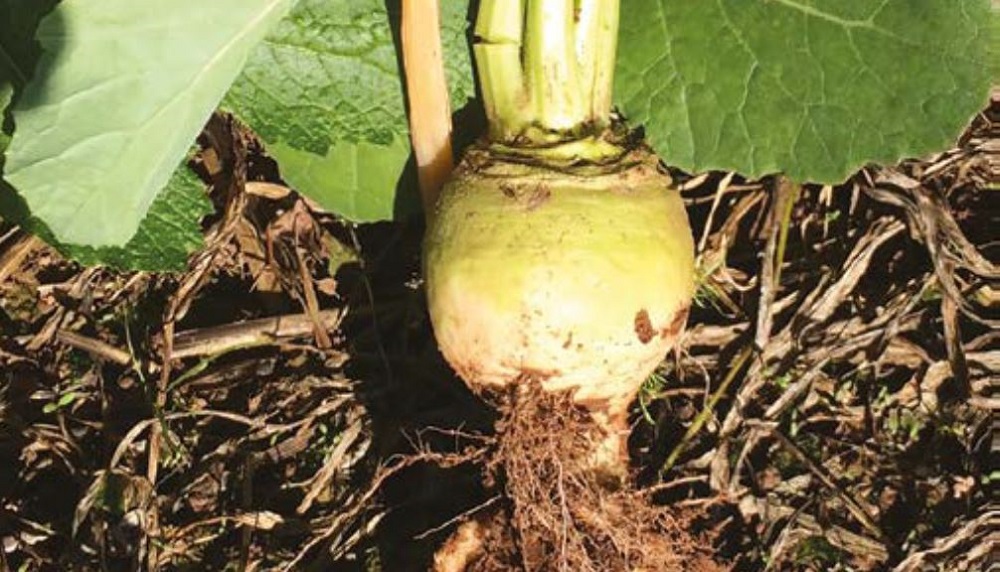- Home
- Knowledge library
- Clubroot management in brassicas: pathogen life cycle
Clubroot management in brassicas: pathogen life cycle
The pathogen that causes clubroot (Plasmodiophora brassicae) in field brassicas is able to survive for many years in the soil. An understanding of its life cycle will assist with disease prevention, early detection and control.
An introduction to clubroot and its management
How to identify symptoms and map clubroot-infested land
P. brassicae produces thick-walled resting spores. These help it survive for up to 15 years in the soil. Chemicals, released by the roots of host plants, cause spores to germinate and release new spores that move through soil water (zoospores).
In recent years, the UK has experienced milder and wetter winters that favour zoospore movement – helping to contribute to the spread of this disease.
The zoospores infect host plants, via direct injection into the root hairs, and develop into plasmodia. These structures form secondary zoospores that invade the root cortex, causing the cortical cells to enlarge and increasing the rate of cell division.
Ultimately, this results in the formation of the characteristic galls. These galls reduce nutrient and water uptake in roots and lead to lower yields. The galls decay during the season, releasing large numbers of resting spores.
 life cycle.PNG) AHDB
AHDB


